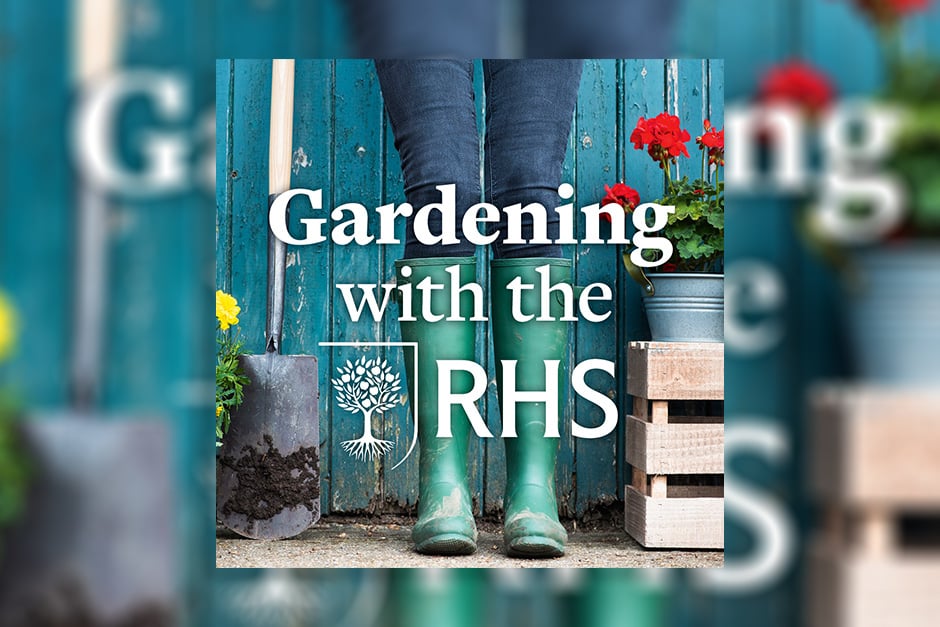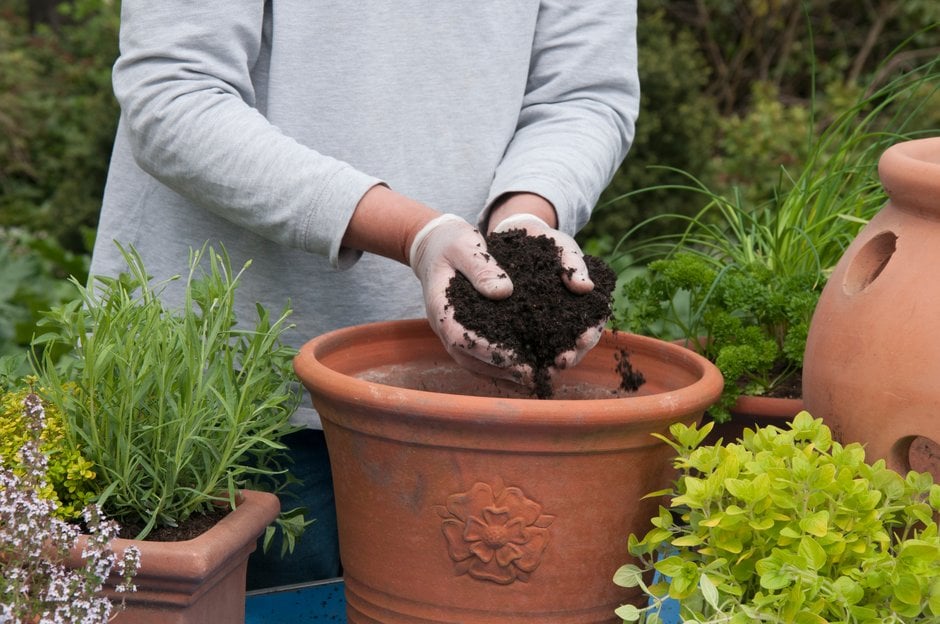How your garden can protect your home
From spikey plants, dense hedges and securing your shed, there are lots of things you can do to achieve a secure garden without compromising on aesthetics or scaring away wildlife. Stephen Armson-Smith, Designing Out Crime Officer for Essex Police explains how your garden can be your first line of defence
How to increase garden security
“Good boundaries make sure that people can’t get into your garden, that can be fences, but also the plants, because your garden doesn’t have to look like a fortress. Nature has an awful lot of wonderful plants that provide that security, but it’s not just spiking plants. It’s looking at the density of those plants as well, because the density in itself can deter someone from trying to get through,” said DOC Officer Stephen Armson-Smith.
Fences
Fences need to be of solid construction. Planning permission may be necessary for fences over 2m (6½ft). Check with your local planning office. If you live in a conservation area, check if there are any other restrictions.
- Fix 30-45cm (12-18in) trellis to the top of the a 1.8m (6ft) fence to deter prospective burglars. The trellis will not support the weight of a human and the noise of it breaking is a deterrent
- Growing thorny climbers like roses on fences to deter would-be thieves, supply food and habitats for wildlife and soften the boundaries of the garden
- In front gardens it is better to have low walls and fences, no more than 1m (3¼ft) high, which will not screen intruders from view
- Keep the view into your front garden clear by pruning back overhanging branches and clipping foliage back from around windows and doors
- Make sure that there are low gaps in your boundary so hedgehogs can pass through
Plants, ornaments and containers
Important and expensive items can be protected in various ways:
- Proprietary land anchors scan secure larger plants, garden furniture, containers and ornaments. Most are based on a permanent stake to which an item is chained or bolted
- Electronic tagging systems are available that are embedded into the item, enabling identification of recovered stolen property
- Mark your property with your postcode, ideally by engraving
Sheds and outbuildings
Don’t make a burglar’s job easier by leaving gardening tools lying around – these are often used to force entry into houses. Make sure you have heavy duty locks on doors and windows. More expensive items should only be stored in structurally sound buildings and consider fitting an alarm system.5 most commonly stolen items from sheds
- Bikes
- Mowers
- Sports equipment
- Power tools
- Garden tools
Useful links
Crimestoppers
Neighbourhood Watch
Metropolitan Police Crime Prevention - Sheds and outbuildings
National Society of Allotment and Leisure Gardeners



